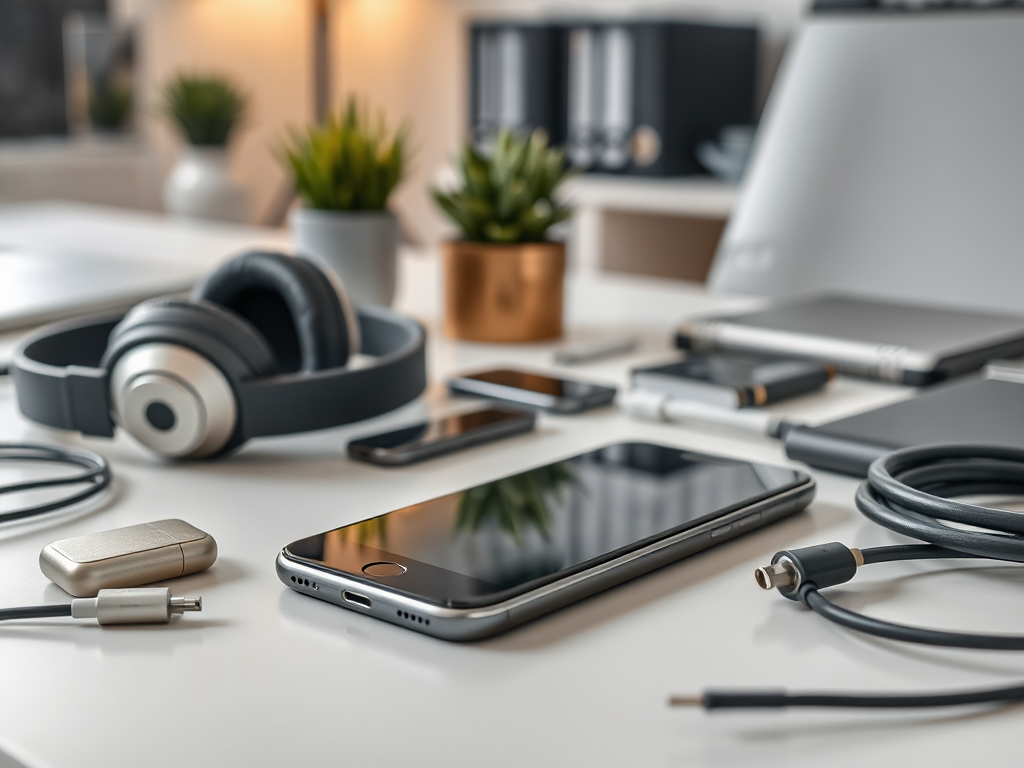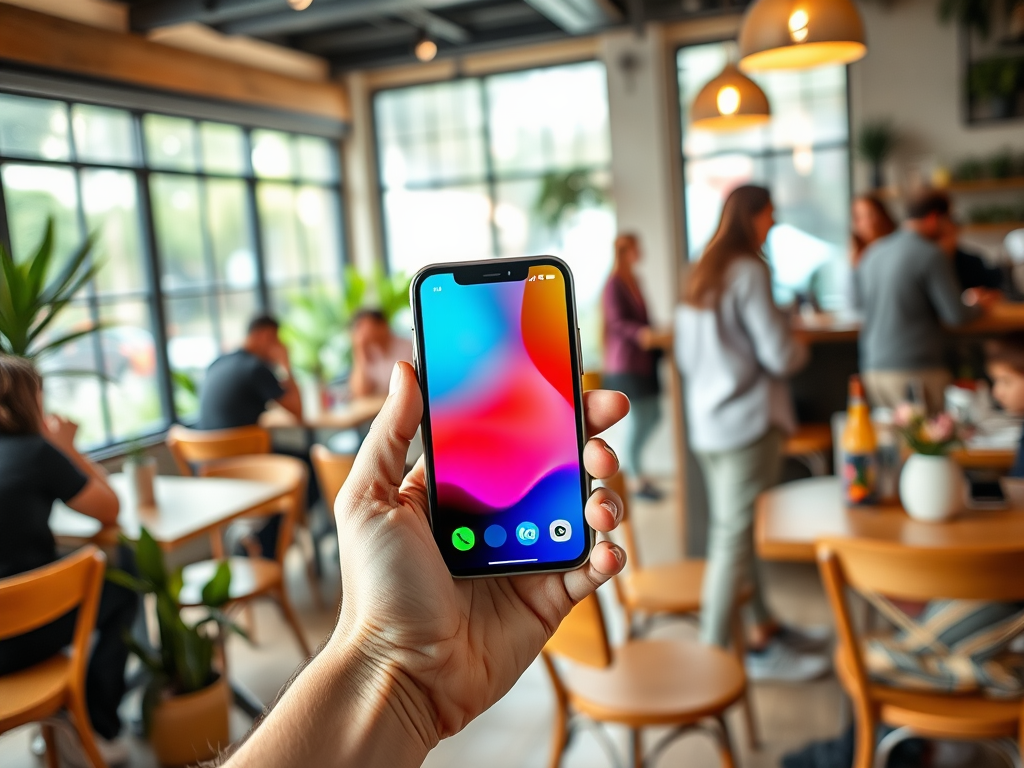In a world where technology evolves at a dizzying pace, understanding what it means to upgrade your phone has never been more crucial. The notion of upgrading transcends merely acquiring the latest model; it encompasses a wide array of scenarios that cater to different user needs and preferences. From harnessing new features to ensuring compatibility with modern apps, staying abreast of technological advancements is essential in today’s digital ecosystem. Thus, navigating these choices can be a daunting task for many users who must assess performance issues, financial implications, and overall value in their upgrade decision. This article aims to explore the multifaceted nature of phone upgrades, equipping you with the knowledge to make informed decisions tailored to your situation. Whether you’re eyeing the newest flagship smartphone or contemplating a software overhaul, we’ve got you covered.
Understanding Phone Upgrades

Upgrading your phone is a term that can have distinct meanings based on the context in which it’s used. At its core, it generally refers to the practice of switching to a newer model or improving your current device. The implications often vary between hardware enhancements, software updates, or even adding accessories. Understanding these layers gives you a clearer picture of what upgrading involves and how it can impact your daily life. For instance, someone might consider upgrading their phone if the device no longer meets their needs, due to outdated technology or performance issues. It’s essential to grasp the broader picture to make decisions that actually enhance user experience.
Types of Phone Upgrades

Understanding different types of phone upgrades can clarify your options and help you decide the best course of action. Upgrading a phone can take several forms, each carrying distinct implications for users. While hardware and software upgrades are common, many overlook the potential for accessory enhancements. Each type offers unique advantages and addresses specific concerns users may have.
Hardware Upgrades
Hardware upgrades involve purchasing a new phone model that offers improved specifications and features compared to your current device. Features such as enhanced camera capabilities, longer battery life, or a faster processor can significantly elevate your smartphone experience. Tech enthusiasts often look for the latest innovations, such as foldable screens or 5G connectivity, to stay ahead of trends. However, the decision to invest in hardware upgrades should align with your personal needs and usage patterns. For those who rely on their phones for business, gaming, or photography, a hardware upgrade could be well worth the investment. Ultimately, the decision rests on balancing your desires with practical considerations like budget and long-term usability.
Software Upgrades
On the other hand, software upgrades are an alternative route that can enhance your current phone’s performance without the financial burden of buying a new device. Regularly updating your operating system or applications will ensure that your device is secure and optimized for the latest features. Often, software upgrades can breathe new life into older models, improving speed and functionality. Security updates are particularly crucial; they protect your device from potential vulnerabilities and threats. Ultimately, keeping your software up to date is essential for both performance and security, making it a fundamental aspect of the phone upgrade discussion.
Accessory Upgrades
Not all upgrades require a new phone; sometimes simply enhancing your current device with better accessories can lead to a vastly improved experience. Some noteworthy accessory upgrades include:
- High-Quality Cases: Protecting your device and personalizing its appearance.
- Screen Protectors: Shielding against scratches and cracks.
- Audio Accessories: Investing in premium headphones or portable speakers enhances sound quality.
By exploring accessory options, you can significantly expand your phone’s functionality without spending on the latest hardware. Many users find that a good pair of headphones or a sturdy case is enough to enhance their experience without the need for a complete phone upgrade.
| Upgrade Type | Examples | Benefits |
|---|---|---|
| Hardware | New phone model | Improved features, performance |
| Software | OS updates | Enhanced security, functionality |
| Accessory | Headphones, Cases | Personalization, improved user experience |
Evaluating the Need for an Upgrade
Determining whether it’s time to upgrade your phone requires careful consideration of various elements that can influence your decision. The first aspect to assess is the performance of your current device. If your phone frequently lags, crashes, or struggles to handle modern applications, it may signal the necessity for an upgrade. Regular slowness or unexpected problems can diminish your productivity and enjoyment. Additionally, evaluating how compatible your device is with new trends and technologies can offer insights into whether an upgrade is warranted. For instance, newer apps frequently release features that an older model may not support, which could negatively affect your experience.
Another crucial factor to consider is the cost analysis involved in upgrading. You should thoroughly weigh the expenses of a new model against the potential costs of repairing an older device, as well as the implied benefits of upgrading. This consideration can help you decide not only if but when it’s best to embark on this path. Ultimately, making an informed choice will ensure that your investment aligns with your needs and financial situation, paving the way for a satisfactory upgrade experience.
Conclusion
Upgrading your phone is not merely about acquiring the latest gadget; it involves understanding various scenarios and types of upgrades that can significantly affect your user experience. By evaluating hardware, software, and accessory options, you can make strategic decisions tailored to your personal needs. Being savvy about how and when to upgrade is crucial in today’s technology-driven world. This knowledge not only allows you to stay current but also ensures that you maximize the utility of your devices, leading to a more enjoyable digital experience.
Frequently Asked Questions
- What should I consider before upgrading my phone? Look at your current device’s performance, compatibility with new apps, and your budget.
- Is software upgrading enough, or should I always buy a new phone? It depends on your needs. If your device meets your requirements, software upgrades may suffice.
- How often should I upgrade my phone? It varies by individual use, but generally every 2-3 years is recommended for most users.
- Are accessory upgrades worth it? Yes, they can enhance your device’s functionality and can be a cost-effective way to improve user experience without buying a new phone.
- What are the signs that I need a new phone? Frequent crashes, slow performance, inability to run necessary apps, or significantly declining battery life are common indicators.



